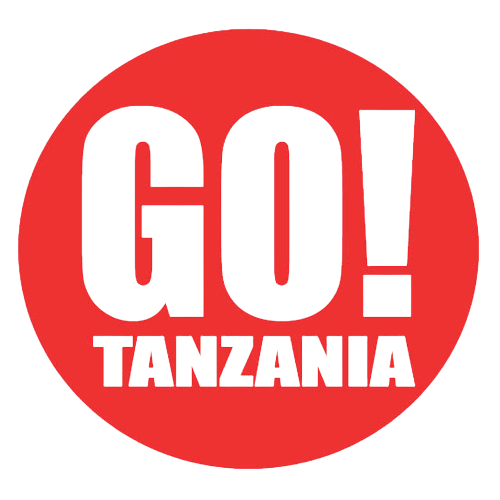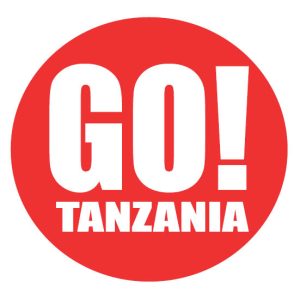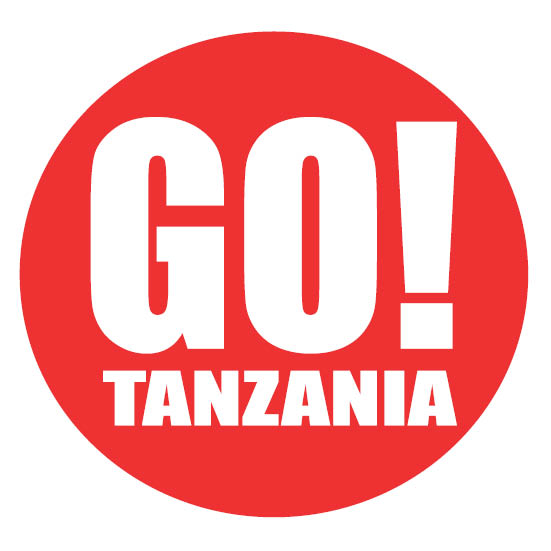
The rhinos, donated by the Munywana Conservancy in KwaZulu-Natal, were relocated as part of a long-term strategy to establish a genetically diverse breeding population in Tanzania.
The Munywana Conservancy, a collaboration of private and community landowners including the &Beyond Phinda and Zuka private game reserves and Makhasa Community Trust, previously contributed to translocation efforts in Botswana, Rwanda and the Democratic Republic of the Congo.
Although the Ngorongoro Crater is not part of the historical range for southern white rhinos, the project aligns with the International Union for Conservation of Nature’s “assisted colonisation” strategy, which introduces species to new habitats to ensure their survival.
“This occurs when a species that is under pressure in its natural habitat is intentionally moved and introduced to an area outside its historical range,” explained Munywana Warden Dale Wepener.
In Tanzania, the rhinos were placed in temporary enclosures for acclimatisation before their full release into the Ngorongoro Conservation Area. High-tech tracking devices have been fitted to several individuals and the existing security measures protecting the crater’s black rhino population have been extended to the new arrivals.
Post-release monitoring and management will be carried out by the Ngorongoro Conservation Area Authority with &Beyond providing guidance and advice. “We are excited to be part of this conservation project and look forward to seeing the rhino thrive in their new home,” said Anton Louw, MD of Zuka Private Game Reserve and Chairman of Munywana.
tourismupdate.co.za



